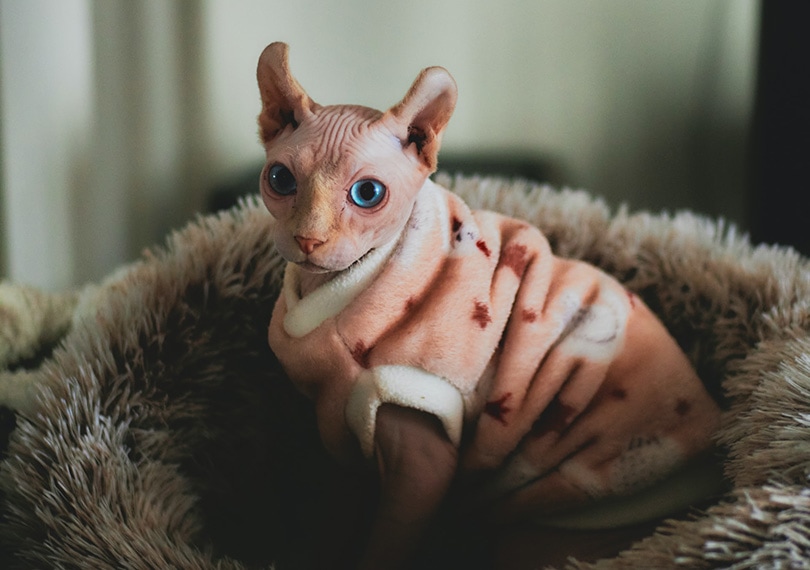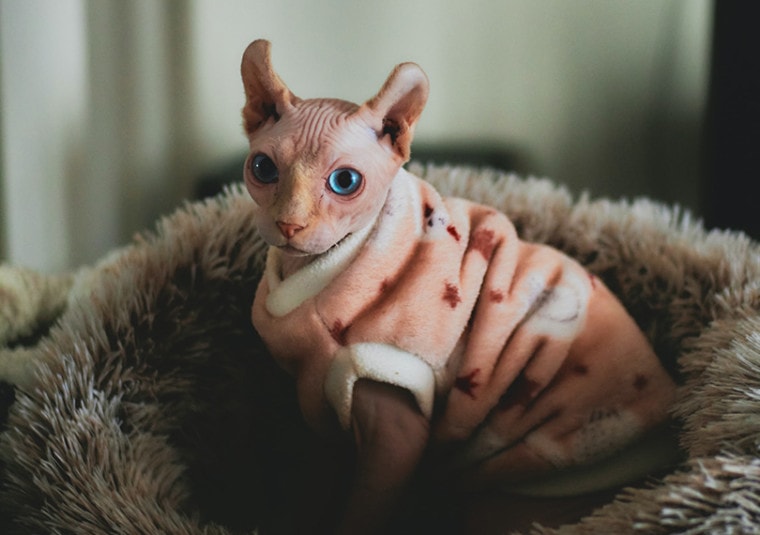
Note: This article’s statistics come from third-party sources and do not represent the opinions of this website.
The COVID-19 pandemic has affected and changed elements of people’s daily living, including pet care. Pet ownership started to look very different during the pandemic, and it doesn’t look like things will be going back to how they used to be before it started.
Due to how recent the start of the pandemic is, research is still being completed to better understand how COVID-19 affected pet owners and pets.
Click to Skip Ahead:
- Pet Acquisitions During the Pandemic
- Impact COVID-19 Had on Relationship with Pets
- Pet Owners’ Spending in the Pet Industry
- Pet Owners’ Concerns with Post-Pandemic Life
The 15 Ways COVID-19 Affected Pet Ownership in the US Statistics
- 23 million American households acquired a pet during the pandemic.
- In 2020, pet ownership in the US rose from 67% to 70%.
- A study conducted in May 2021 found that the ownership of cats and dogs hadn’t increased from the previous year.
- 72% of Americans stated that they wouldn’t be able to get through the pandemic without their pets.
- A survey conducted in September 2020 found that 70% of Americans have spent more time with their pets while socially distancing themselves from others.
- 72% of dog owners stated that their dogs helped them stay on track with their fitness goals.
- 67% of families with children have reported that their children have learned more responsibility during the pandemic.
- Over 75% of millennial pet owners believe that their pets are integral parts of their families.
- In 2020, pet owners spent about $103.6 billion caring for their pets.
- 35% of pet owners said that they spent more money on their dogs from June 2020 to June 2021 than in previous years.
- Experts predict a progressive growth of $8.24 billion in the pet daycare and lodging market from 2020 to 2024.
- In 2021, the dog walking service, Wag!, had 5.4 times more requests for walkers and sitters than in 2020.
- 90% of dogs and 87% of cats adopted during the pandemic stayed with their owners.
- One canine welfare charity, Dogs Trust, reported that they’ve received a 35% increase in phone calls about relinquishing and rehoming dogs in July 2021.
- 69% of Americans who adopted pandemic pets are worried about how reopenings will affect their pets.

Pet Acquisitions During the Pandemic
1. 23 million American households acquired a pet during the pandemic.
(ASPCA)
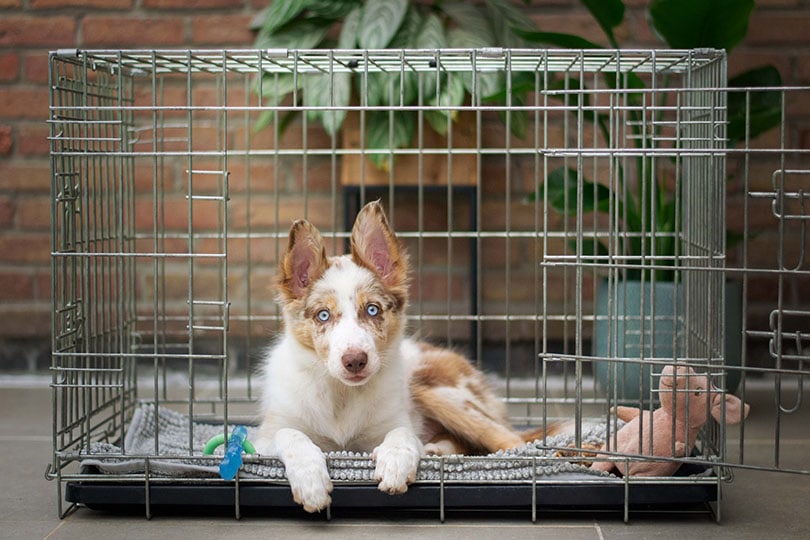
The topic of pet ownership was in the media spotlight as animal shelters and rescues started to experience their facilities getting emptied out by an increase in adoptions. The apparent increased demand for dogs also led to an increase of stolen dogs during the pandemic.
2. In 2020, pet ownership in the US rose from 67% to 70%.
(APPA)
Despite the amount of media coverage that pet adoptions received, a study conducted by the American Pet Product Association (APPA) revealed that there was only a 3% increase in pet ownership from 2019 and 2020. Different studies have different results in the data that they collect. Some state that there has been a dramatic increase, while others state that there’s been a decline in households with pets.
Since these studies work with smaller sample sizes, it’s very possible that the data doesn’t provide a comprehensive view of pet ownership in the total US population. They were also taken during different parts of the year and some have some overlap, which could affect the true number of pet owners in the US.
3. A study conducted in May 2021 gathered that the ownership of cats and dogs hadn’t increased from the previous year.
(Frontiers)
The study conducted by Frontiers found that pet ownership actually didn’t increase between 2020 and 2021. The discussion of this study noted that many households relinquished their pets during the pandemic due to financial hardships. Therefore, the number of pets in adoption centers and shelters increased so that more people could adopt pets. However, it doesn’t necessarily mean that more households have pets.
Impact COVID-19 Had on Relationship with Pets
4. 72% of Americans stated that they wouldn’t be able to get through the pandemic without their pets.
(SWNS Digital)

Many pet owners in the US grew a deeper fondness for their pets during the pandemic, especially during lockdowns and practicing social distancing. Pets became constant companions for people who weren’t able to connect and meet friends in person.
(Statista)
Along with social distancing rules, many people started to work remotely. Before the pandemic, pet owners could easily spend over 8 hours a day away from home. However, when working from home, their homes became their offices, and their pets became their officemates. The reduction in commute times also increased more opportunities for pet owners to spend time with their pets.
6. 72% of dog owners stated that their dogs helped them stay on track with their fitness goals.
(Banfield)
The physical health of many dog owners increased during the pandemic. Many new dog parents enjoyed taking their new pets on hikes, runs, and walks. 41% of dog owners also picked up running so that they could spend more time with their pups.
7. 67% of families with children have reported that their children have learned more responsibility during the pandemic.
(Banfield)

Many households have had such positive experiences with their pandemic puppies that even children became involved with caring for these beloved pets. Having a dog in the house brought structure to some homes as dogs consistently needed to be fed, bathed, and taken out for walks. Some children even chose to spend less time on devices and videogames to play and spend time with their pets.
8. Over 75% of millennial pet owners believe that their pets are integral parts of their families.
(APPA)
Millennials are particularly attached to their pets and also expect excellent experiences from pet care products and services, such as pet food brands, pet sitters, and dog walkers. They’re also more willing than Baby Boomers to spend more on their dogs to ensure that they receive high-quality care.
Pet Owners’ Spending in the Pet Industry
9. In 2020, pet owners have spent about $103.6 billion caring for their pets.
(APPA)
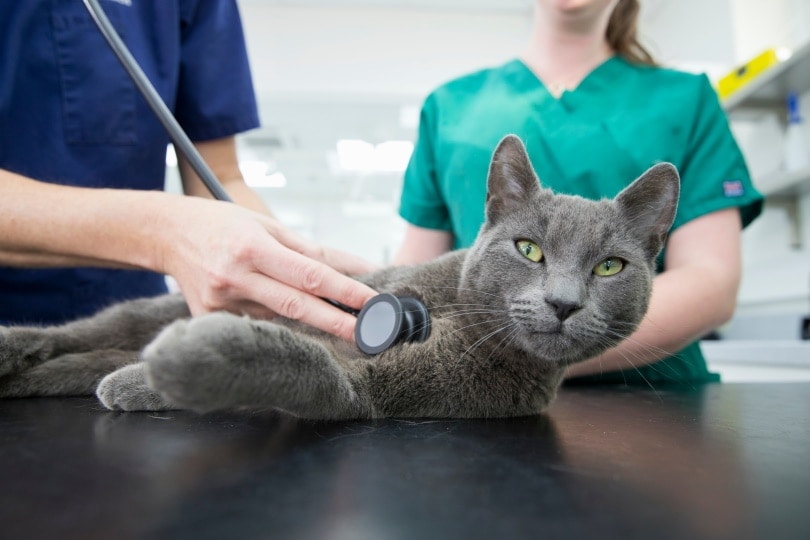
The combination of people adopting new pets and spending more time with them may have affected how much pet owners spend on their pets. Because it’s becoming more common for pets to be treated as family members, people seem more willing to spend more money on pet care products and services.
10. 35% of dog owners said that they spent more money on their dogs from June 2020 to June 2021 than in previous years.
(APPA)
Spending more time with pets can strengthen the bond between pet owners and their pets. It can also help them to see any deficits in their pet’s care. Owners might notice details like dogs needing new toys or replacing a worn-out dog bed. Therefore, the combination of increased fondness and spending time together can cause dog owners to spend more money on their dogs.
11. Experts predict a progressive growth of $8.24 billion in the pet daycare and lodging market from 2020 to 2024.
(Market Report)
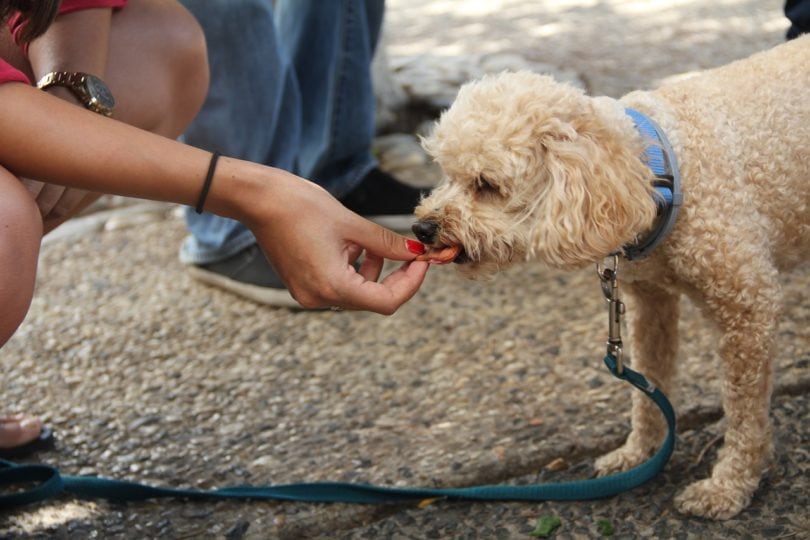
Many leading pet service companies anticipate significant growth in the next several years. The demand for pet care services continues to grow, and some doggy daycares now have waitlists as concerned pet parents try to set up care for their dogs in anticipation of having to return to work in offices.
12. In 2021, the dog walking service, Wag!, had 5.4 times more requests for walkers and sitters than in 2020.
(Wag!)
Although many pet care services took a hit at the beginning of 2020 lockdowns, the ones that survived are now starting to bounce back as places start to reopen and restrictions are being lifted. There is now a high demand for these services and not enough people to meet these demands.
Pet Owners’ Concerns with Post-Pandemic Life
13. 90% of dogs and 87% of cats adopted during the pandemic stayed with their owners.
(Frontiers)

Many people were concerned that once places start to reopen and people have to return to offices, pandemic pets would wind up back in shelters. However, these pets seem to have had a significant impact on their owners because the majority of owners don’t wish to rehome their pets.
14. One canine welfare charity, Dogs Trust, reported that they’ve received a 35% increase in phone calls about relinquishing their dogs in July 2021.
(Dogs Trust)
Despite most pet owners not wanting to return their pets to shelters, there’s still a small group of owners that do seem to be thinking about their lives before pets. Having pets can significantly affect people’s social lives, which can cause people to reconsider keeping their pets. The increased demand for pet care services and not enough services to meet these demands may also cause people to eventually rehome their pets.
It’s still uncertain to determine the fate of pandemic pets and more research will have to be done for conclusive findings.
15. 69% of Americans who adopted pandemic pets are worried about how reopenings will affect their pets.
(Hill’s Pet Nutrition)

Pandemic pets lived in unique situations where they could spend a lot more time with their owners. Many of them also haven’t received proper socialization due to social distancing and lockdown restrictions. Therefore, it’s very possible to see an increase in challenges, such as separation anxiety and aggression. Just like how it’s unclear about how many pandemic pets will get rehomed, only time will tell if there will be an increase in issues due to lack of socialization and separation anxiety.
FAQs About How COVID-19 Affected Pet Ownership in the US
The COVID-19 pandemic has touched nearly every part of people’s lives, including their pets. Many pet owners are concerned about their pets’ wellbeing. Here are some answers to frequently asked questions from other concerned pet parents.
Should pets be kept away from people infected with COVID-19?
According to the CDC, people infected with COVID-19 should not come in contact with pets. Although transferring the virus to pets is low, there’s still a chance your pet can carry the virus and transfer it to others. (CDC)
Can animals carry COVID-19 on their skin or fur?
Animals don’t carry viruses on their skin or fur, including the COVID-19 virus. However, some can still get infected by the virus, such as dogs, cats, and ferrets. They can also infect humans, but more research needs to be done to determine if animals play a significant role in spreading COVID-19. (FDA)
Which age group spends the most on their pets?
A survey completed in December 2021 determined that Millennials are the most likely to splurge and spend the most amount of money on their pets for the holidays. However, when it comes to everyday spending, Millennials may spend the most on pet dogs, but Gen Xers spend the most on pet cats. (OneVet, TD Ameritrade)
What are the most popular dog breeds in 2021?
According to a survey conducted by Rover, these are the top 10 most popular dog breeds in 2021:
Most Americans adopted these kinds of dogs during the pandemic. Some of these dog breeds have been popular in the US for many years. One thing to note is that the presence of mixed breeds in this list may indicate that adoptions from rescues and shelters had increased during the pandemic.
Conclusion
Some of the main contributors that affected pet ownership are the increased amount of time pet owners spent with their pets during the pandemic and the positive experiences and benefits that they received from pets.
It’s still too soon to determine the lasting effects that the COVID-19 pandemic will have on pet ownership. So, it’ll be interesting to see how the strong relationship between pets and pet owners will continue to impact how pet services are delivered in the US.
- You Might Also Be Interested In: The Anxious Pet Relax & Roll Calming Soft Dog Chews Review: Our Expert’s Opinion
Featured Image Credit: Max Simonov, Unsplash




